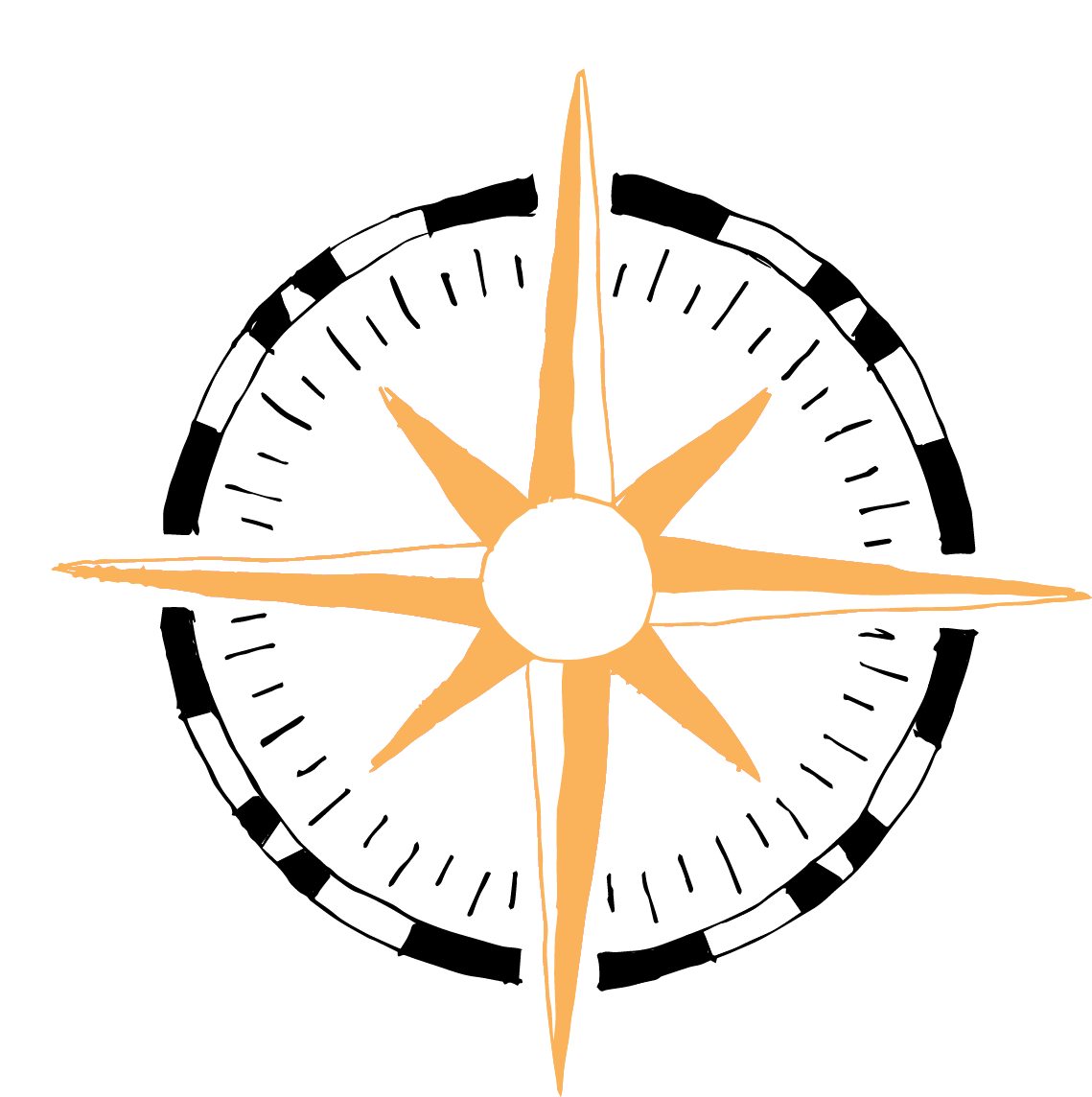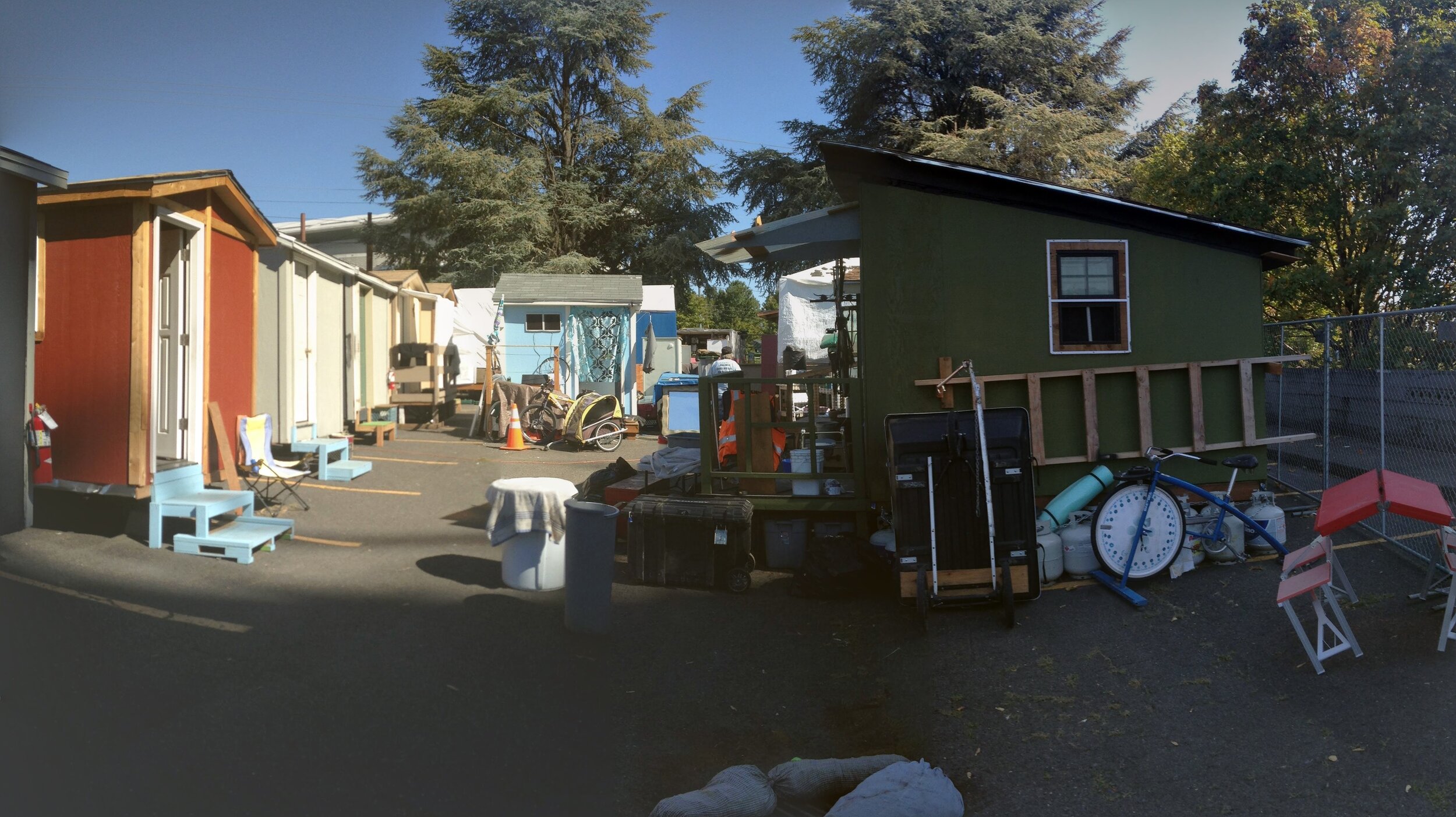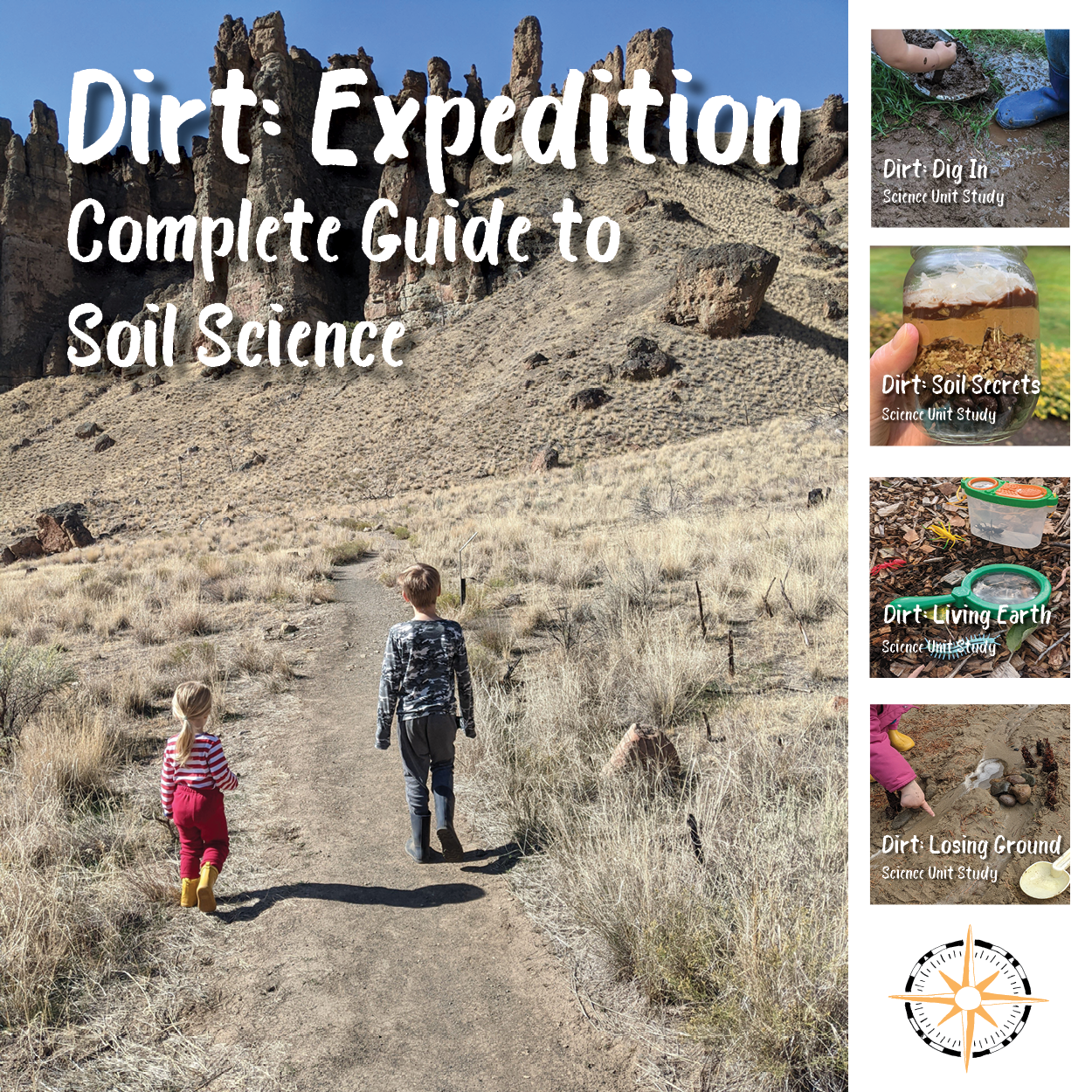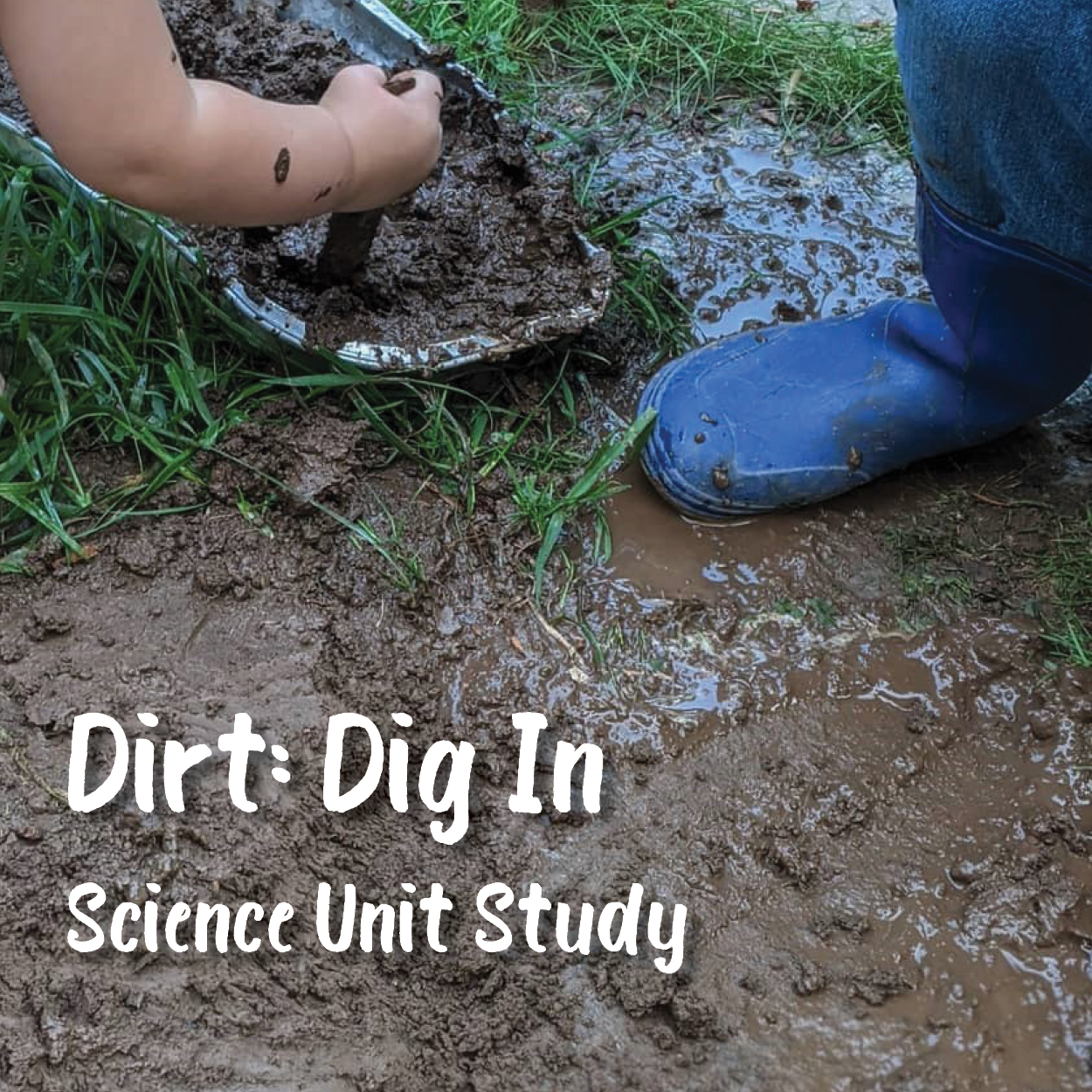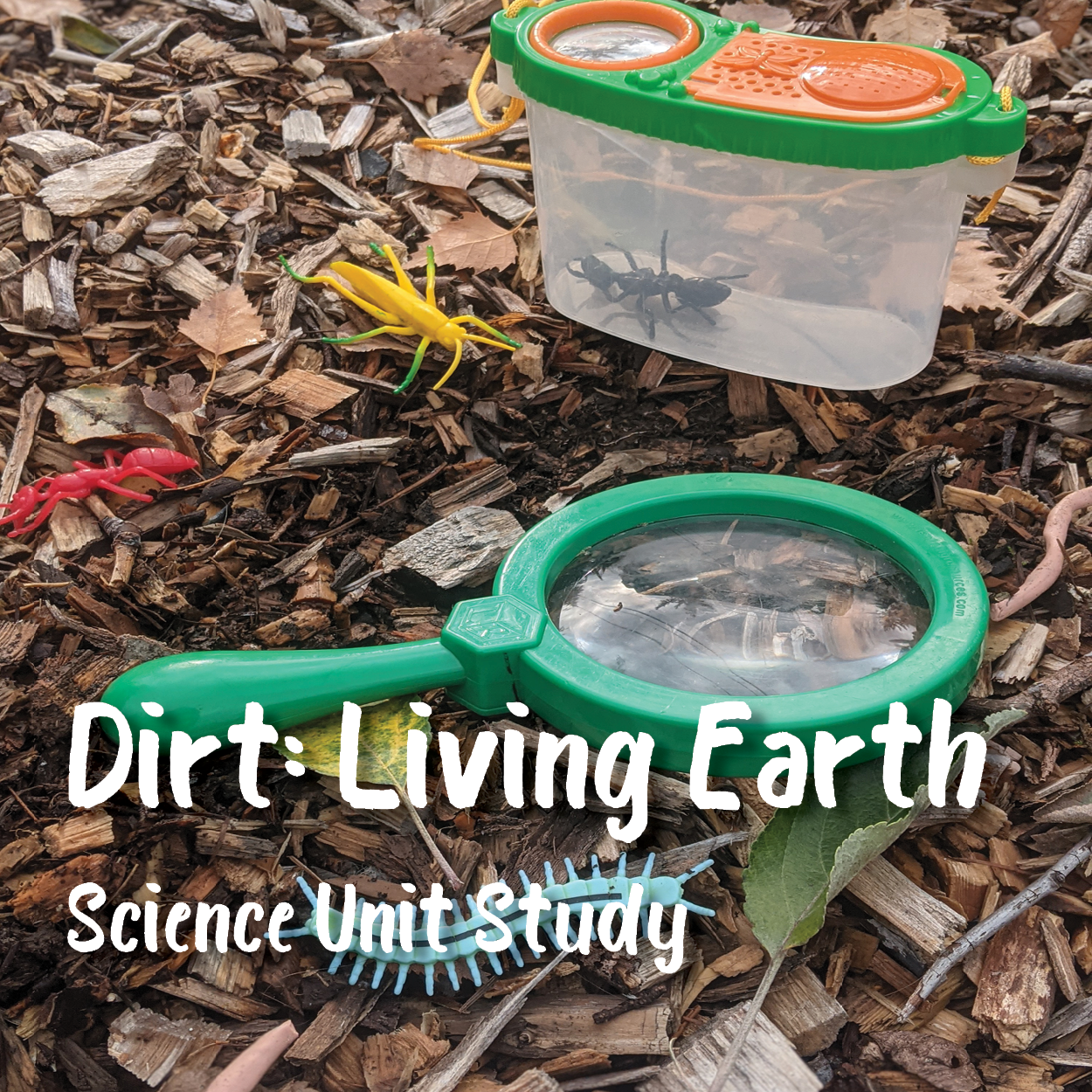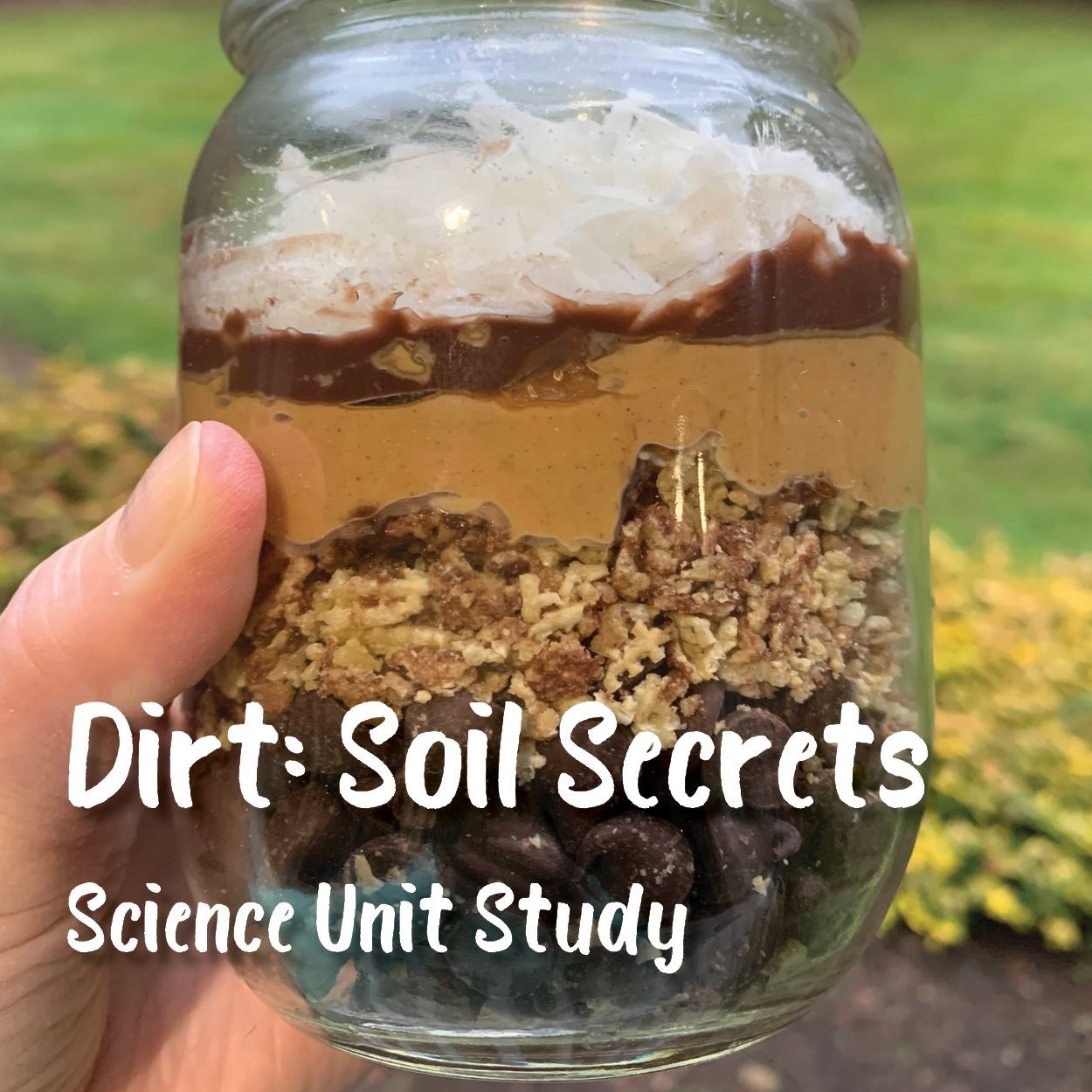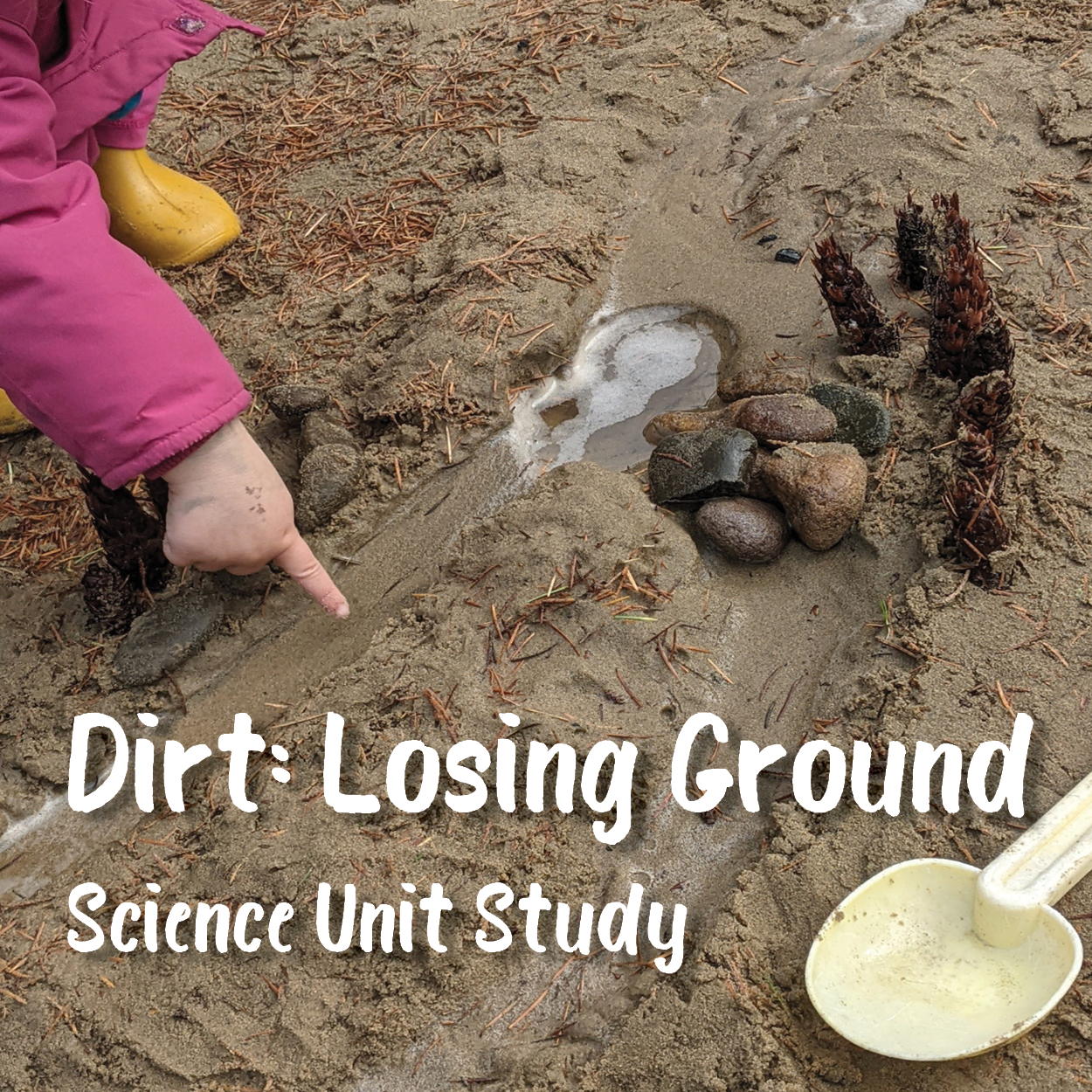Top 5 Earth Day Teaching Mistakes - What to Do Instead
Our top blog post - updated for April 2022!
Earth Day is coming up soon on April 22nd. Since the 1970s, this annual event has celebrated environmental protection efforts and raised awareness in a growing global movement. Recycling, seed bombs, and a big balloon paper mache earth… have become common themes of earth day educational activities in homes and classrooms. Unfortunately, a lot of these teachings give kids a faulty understanding of environmental issues and their solutions. I’ve been leading sustainability efforts and environmental education for governments and nonprofits for 10 years.
Here are five common Earth Day teaching mistakes I’ve seen and what you should do instead:
1) Focusing only on individual action
There is nothing “wrong” with trying to lead a more environmentally-conscious lifestyle by turning off lights and planting a tree. The problem is that individual action only has an impact if everyone does it and most people have limited bandwidth for changing their own behaviors. Whereas, government regulation or change in business practice can have a massive impact very quickly. As an individual, where does it make sense to expend your limited time and effort? By all means, make small easy changes to your lifestyle. But spending more time gathering together with others and campaigning for larger scale changes is going to have a bigger impact than changing a light bulb.
Climate strike poster
INSTEAD - In the homeschool or classroom, encourage activism when teaching kids about environmental issues, through things like showing up to local government meetings, protests, petitions, and letter-writing campaigns. You can also learn about how other children and adults are advocating for change.
2) Recycling gets way too much attention
Many children over the last forty years or so have been taught the three R’s -reduce, reuse, and recycle. Unfortunately, in terms of environmental impact, recycling has been overemphasized relative to its benefits. With our current recycling system globally, there are many challenges to effectively ensuring all recycled materials end up being recycled at all. When materials are recycled, often they are shipped halfway around the world to the cheapest recycling facilities available on the market. Additionally, the conditions in these facilities are sometimes hazardous to those who work sorting recyclables and/or cause pollution in the local area where materials are processed.
Food waste in our house
INSTEAD - Focus on reducing waste. Reduction really should be the main focus of education about the issues of waste, especially reducing food waste. In the US and other affluent countries, up to 40% of food is wasted resulting in a huge carbon impact, as well as the loss of a precious resource when there are hungry people in our communities. Kids need to learn that food is a precious resource and adults can teach good habits by eating leftovers, not overbuying, and making use of everything. Kids can also learn about the environmental resources that go into the things they own, like their toys and clothes. Most parents I know want their kids to appreciate what they have, so discussing the environmental impact of our possessions only adds to that lesson.
3) Missing the human side of environmental issues
We care about climate change because we have to save the polar bears, right? We care about conservation because we have to save fragile plant species or protect the birds. We care about water quality so we can save the fish. Well, yes and no. Environmental issues are social issues too. Because when water quality is poor, people have to drink polluted water. When our farming practices degrade soils, people struggle to grow food to eat and support their families. When ecological systems are disrupted, food systems are too. The impacts of climate change aren’t just some problem that future generations will have to deal with - there are real people around the world who are impacted now.
Some favorite environmental picture books
INSTEAD - Include stories of real people affected by environmental issues. There are a lot of excellent picture books. I’ve put together a GREAT booklist on my bookshop page.
Quick disclaimer - I’ve included affiliate links to my bookshop account. I really love that they support small independently owned bookshops! All recommendations are my own. If you use my link, I get a small commission that helps support my work here, at no cost to you. I really appreciate it!
4) Emphasizing problems in faraway places
Let’s say you included stories of real people facing environmental issues. That’s great but you should still watch out for “savior” stories and stories that only focus on far-off places. I’ve seen tons of beautiful children's books about, for example, water quality issues in Africa and the people who are working to improve those conditions. Certainly, that's a story that needs to be told, but the problem is, a child growing up in the US or Europe or Australia is far removed from that place. If those are the only stories you share, it makes it seem like these are problems that only happen to other people far away. Additionally, if the focus of the story is an outsider to that place, kids can get the impression that people living in faraway places need someone to come to rescue them and show them “the way.”
Local houseless community in Portland
INSTEAD - Include stories of environmental issues in your own community. There are environmental issues that are impacting people in YOUR community and children need to learn about these issues too. In Oregon, where I live, there have been increasing wildfires every year which is a climate change impact. In 2020, half a million people in my community faced evacuation from their homes, and those that weren’t evacuated were stuck inside for many weeks due to hazardous air quality. Those who aren’t fortunate enough to have housing suffered even more severe consequences from weeks of breathing toxic air. These stories make the impact of environmental issues real, immediate, and important to children (and adults too). Search for a mix of stories both global and close to home. It can be tricky to find a book for children that tells truly local stories, so oral storytelling might be a way to anchor the stories you read to the news from your area. For example, while reading The Water Princess you could also talk about the water crisis in Flint, Michigan if that's near to where you live.
5) Making wasteful earth day celebration/activity choices
Weaving with plastic bags
We may not do every craft or celebration all year long with the environment in mind, I get it. I definitely don't want anyone to think they have to be perfect environmentalists all the time, I know I'm not! But with so many great upcycled arts and crafts, this is a great occasion to get creative and model a more sustainable way of doing things.
INSTEAD - Skip the single-use plates and balloons, and make a recycled craft project.
I hope this advice and some of the links above are helpful. I’m currently working on a more in-depth family guide for teaching environmental activism. I CAN’T WAIT to share this release with you - so be sure to subscribe to my mailing list or follow me on Instagram @northstarhomeschool to stay posted when it’s released.
If you are looking for activities for Earth Day, be sure to check out our soil science study and play guide for some very “earthy” hands-on environmental science.
